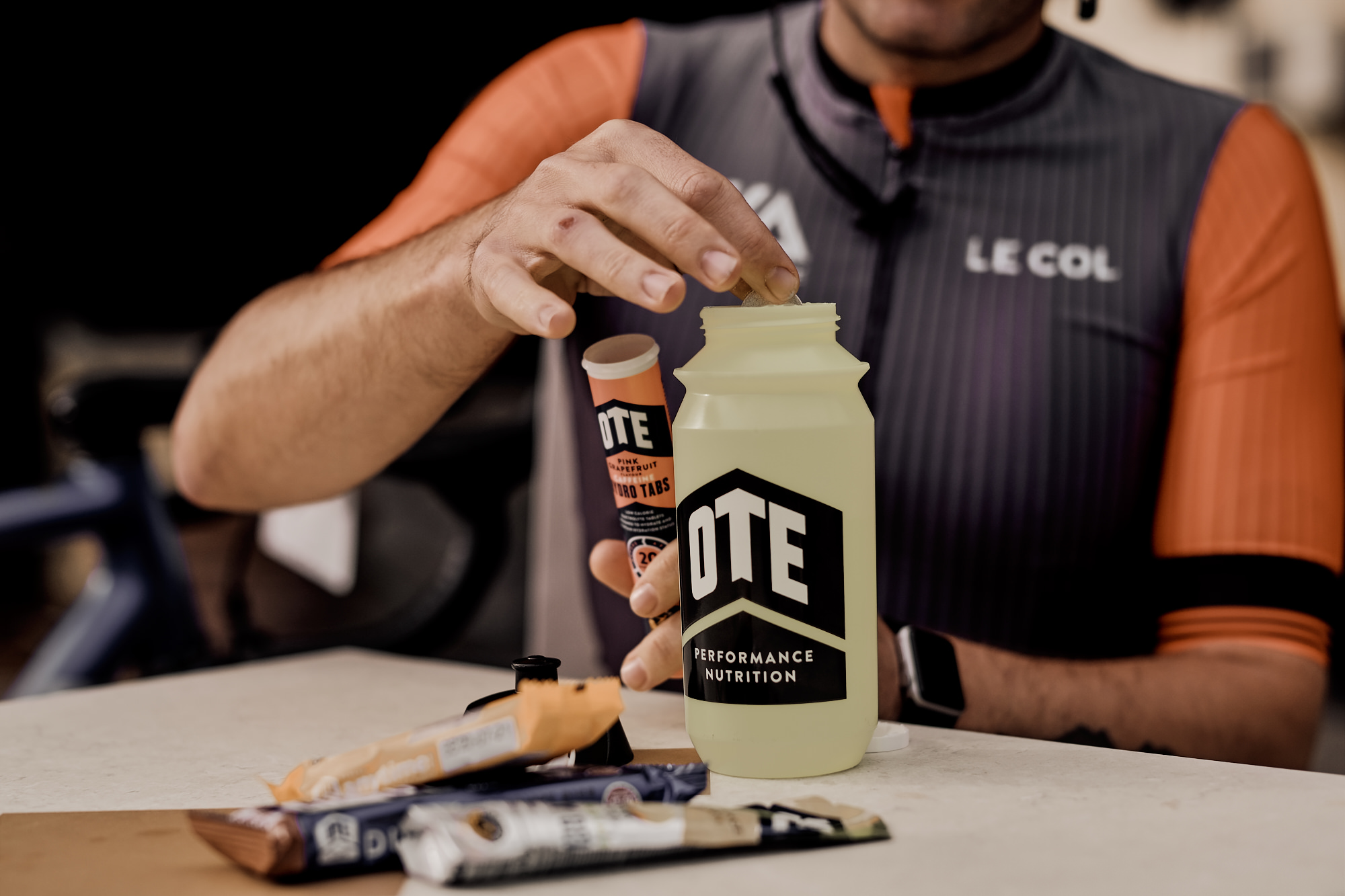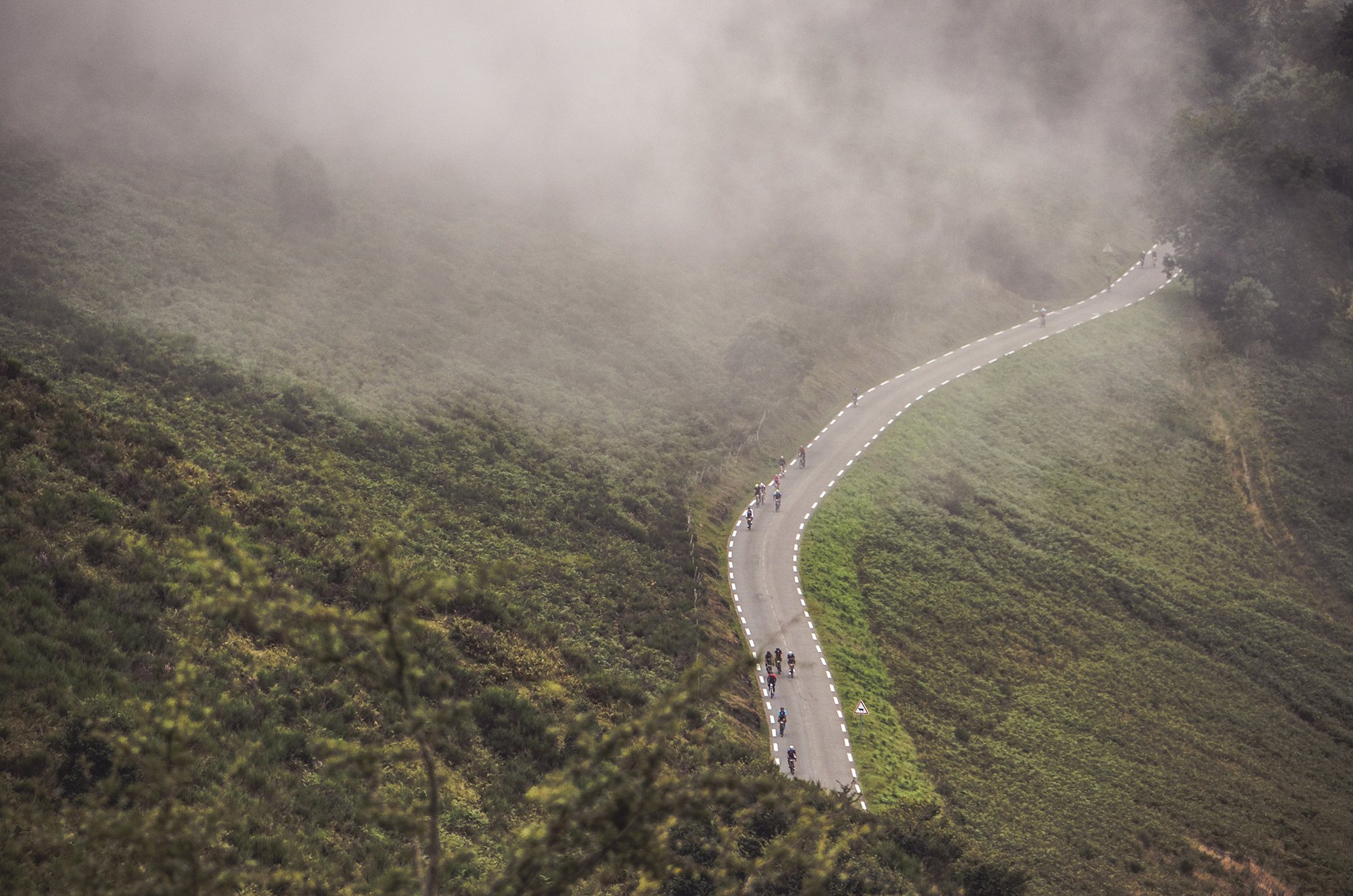OTE Nutrition talk us through their top nutrition tips for indoor training to get the most out of your sessions.
NUTRITION: HOW TO FUEL FOR YOUR INDOOR TRAINING
SESSIONS SHORTER THAN 90 MINUTES
For sessions shorter than 90minutes, the emphasis should be on the pre-session snack or meal. If you can’t eat a meal far enough in advance before you session, then make sure you keep it light and avoid consuming anything less than an hour before. Due to the high intensity of most indoor sessions, the predominant fuel source used will be carbohydrates – but glycogen stores are important too. Foods we recommend that will set you up for a shorter session include:
- Bagel with jam
- Small bowl of porridge
- A pasta pot
- OTE Duo Bar or Anytime Bar
During the session, don’t forget to stay on top of your hydration too. You should also have some fuel to hand just in case you feel your energy levels dip or performance begin to fade. An emergency energy gel or bottle of energy drink will work a treat.
Remember: The harder the session the quicker your carbohydrates stores run out.
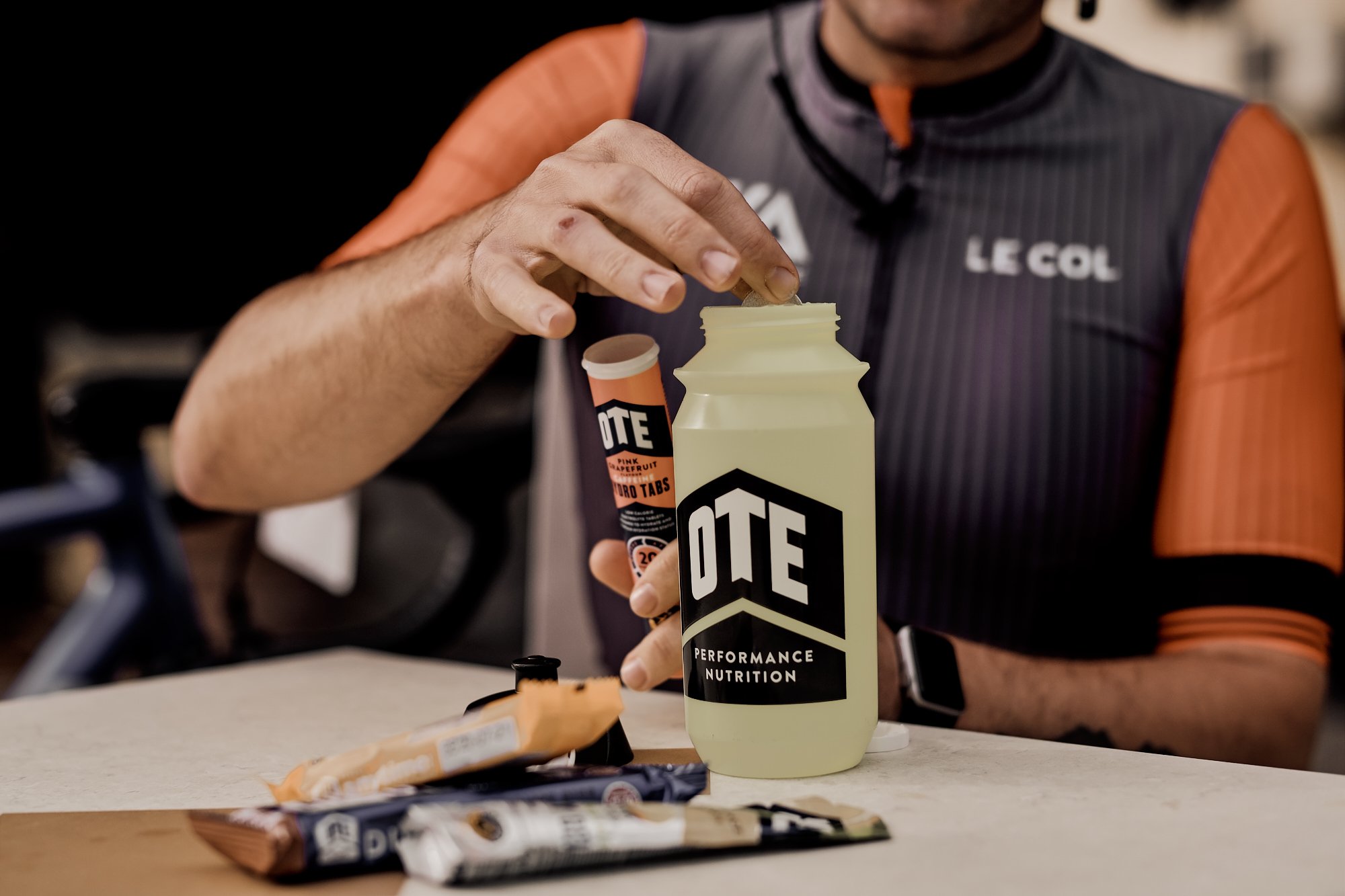
SESSIONS LONGER THAN 90 MINUTES
Going long on the turbo? Then it is time to think about how you will fuel, just as you would for a long ride on the road. If you have eaten the right foods beforehand (as mentioned above), you should have enough energy stores to fuel approximately 90 minutes of moderate to intense exercise. After this, you need to think about refuelling if you want to keep up the intensity or quality of the session.
The luxury of being static on a turbo trainer means you have no excuse not to fuel – no thick gloves to contend with, no potholes to avoid or layers of kit to dig through to find your snacks. Everything you need is in arm’s length! If you want to keep up the pace, we advise consuming 40-60 grams of carbohydrates per hour. How you do so is up to you and down to personal preference but some of our suggestions include:
- One bottle of OTE Energy Drink + ½ a Duo Bar (60g)
- One bottle of with a Hydro Tab + A Duo Bar + Energy Gel (60g)
- One Anytime Bar + Bottle of Hydro Tabs (40g)
- One Duo Bar (40g)
- Large banana
- Small jam sandwich
Don’t wait until you start to feel tired to begin fuelling. If you fuel well during the session, then you will be able to maintain the quality (and enjoyment!) until the very end of your session.
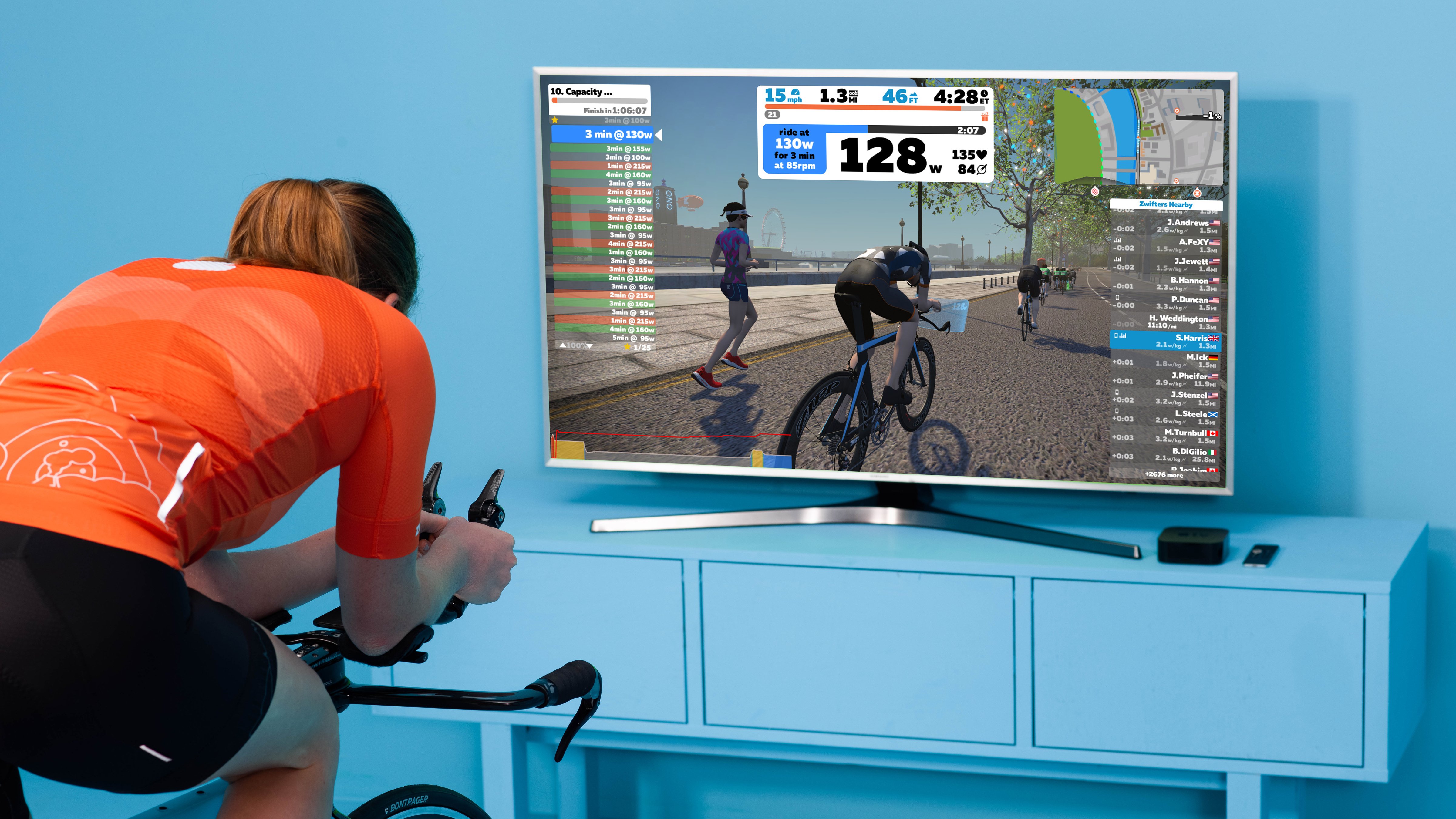
NOW, TIME TO TALK ABOUT HYDRATION
When exercising the body’s heat production is 15-20 times greater than at rest. This can then be elevated even further when training indoors as there is little air movement. This causes heat to build up around the body, meaning sweat can’t evaporate as quickly. You may have noticed you get much hotter and sweatier when training indoors, which makes you more susceptible to dehydration.
Dehydration negatively affects performance. Even as little as a 2% reduction in body weight due to dehydration has been shown to impair performance so make sure you keep on top of it.
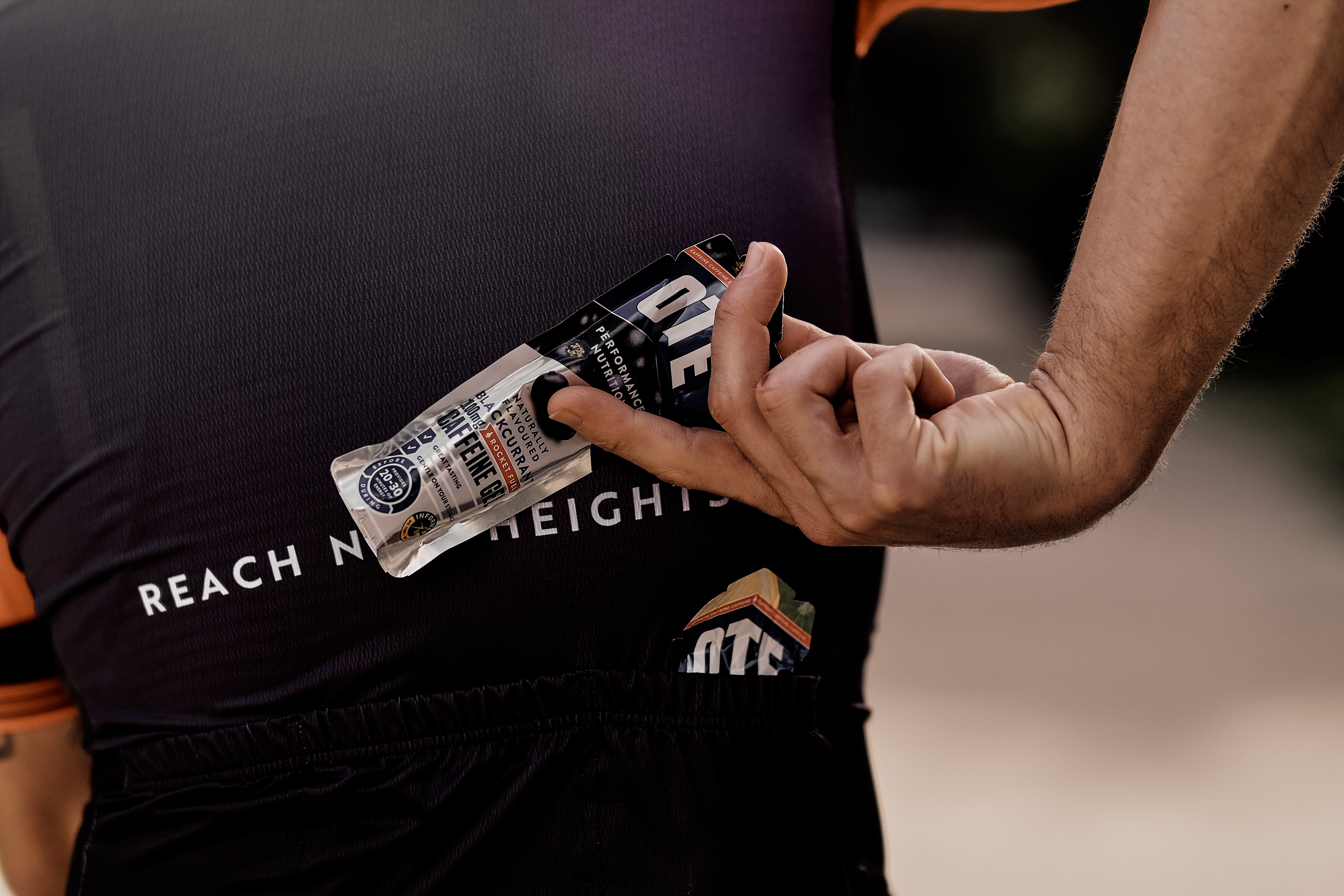
FIND OUT HOW MUCH YOU SWEAT
Before Exercise: It is always a good idea to try to start every session fully hydrated. It can take around 8-12 hours of normal food and drink consumption to fully hydrate again post exercise, so take this into account if training twice in a day. If you do not have this long in between sessions, then fluid intake may need to be elevated above normal levels in order to rehydrate. The best method is to slowly sip an electrolyte beverage like an OTE Hydro Tab. A top tip is to keep checking your urine colour and aim for a light straw colour. This is a good measure of your hydration status as everyone is different.
During Exercise: Due to the huge variation in individual sweat rates and indoor training conditions, it is impossible to give an exact amount of fluid that should be consumed during a session. Differences in individual sweat rates can range from 0.4L to 1.8L per hour. The best idea is to develop your own individual hydration strategy specific to your own sweat rates. One simple method is to weigh yourself before and after a training session. A one-hour session can give you a good idea of your sweat rate during an indoor training session.
Follow these simple instructions:
1- Weigh yourself naked immediately before exercise
2- Train for one hour and monitor how much fluid you take on board
3- Weigh yourself again naked immediately after exercise
4- After exercise the calculated change in body weight will give you an indication of fluid loss
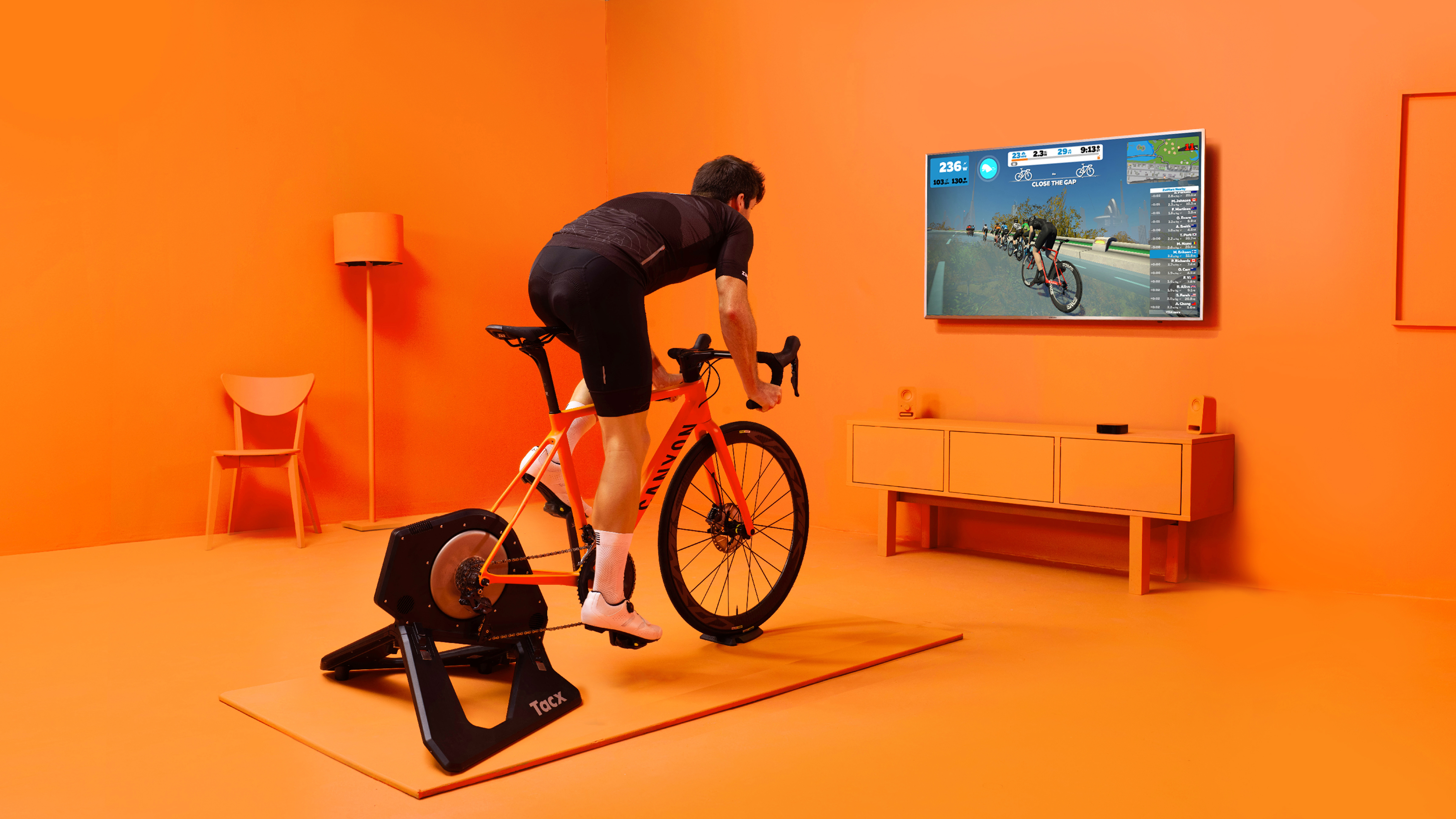
For Example :
Ambient temperature: 25°C
Pre-exercise weight: 70kg
Post exercise weight: 69.5kg
Fluid volume consumed during exercise: 500ml
This indicates your sweat rate would be 1ltr/hour (70Kg-69.5Kg = 500g + 500ml = 1).Under these conditions you can plan a hydration and fuelling strategy based on drinking 1ltr/hour.
Thirst can also be a good way to dictate when to drink. As a rule of thumb, it is always good practice to stay just ahead of that feeling of thirst. Consuming electrolyte drinks, such as OTE Hydro Tabs, will aid the absorption of fluid and also promote the feeling of thirst and further drinking. This is more beneficial than consuming just plain water. Hydro Tabs don’t contain any energy so if you’re doing a longer or more intense session then either have some food too or swap the tabs for our OTE Energy Drink. This contains both electrolytes and carbohydrates; perfect for a savage e-race!
Remember, any weight lost directly after exercise is sadly not miracle weigh loss but water loss. Textbook would say replenish this with 1.5 times the amount lost (1kg lost= 1 litre lost) as soon as possible. Sipping little and often is better to help our bodies retain the water and stop us running to the toilet at every opportunity.
So, there you have it, a quick guide to nutrition for indoor cycling. Hopefully this will help you keep on top of those intervals, up that FTP or get stuck into some e-racing whilst times outside are tough.
In collaboration with OTE Sports

